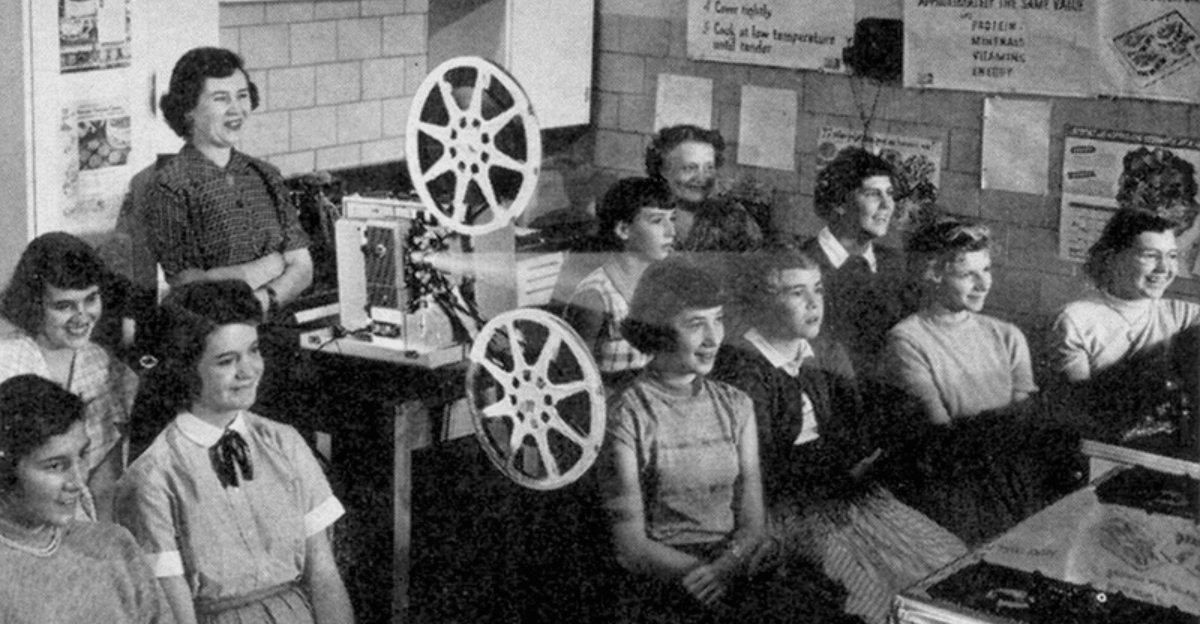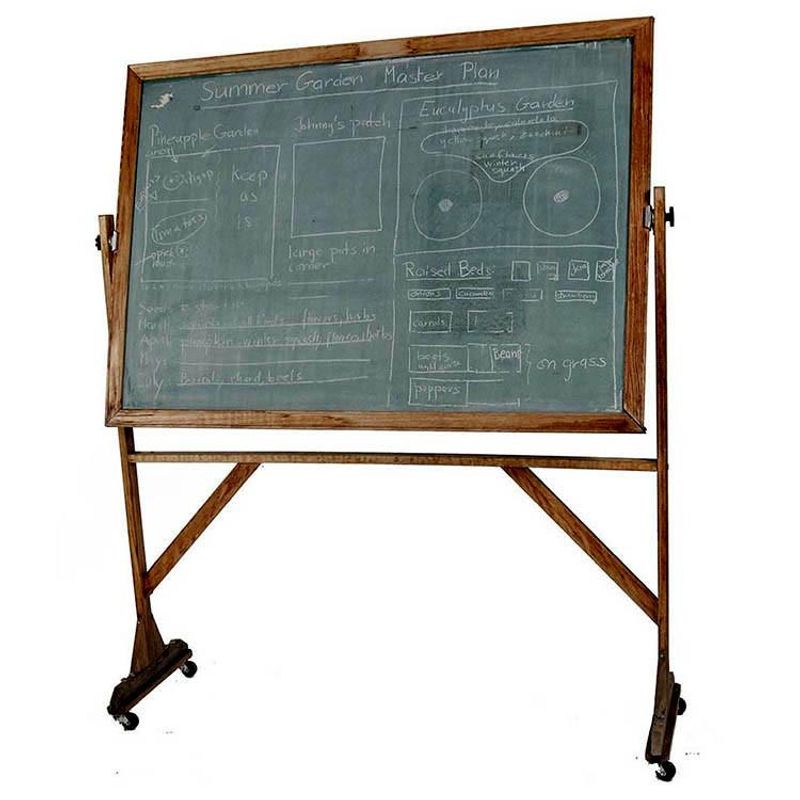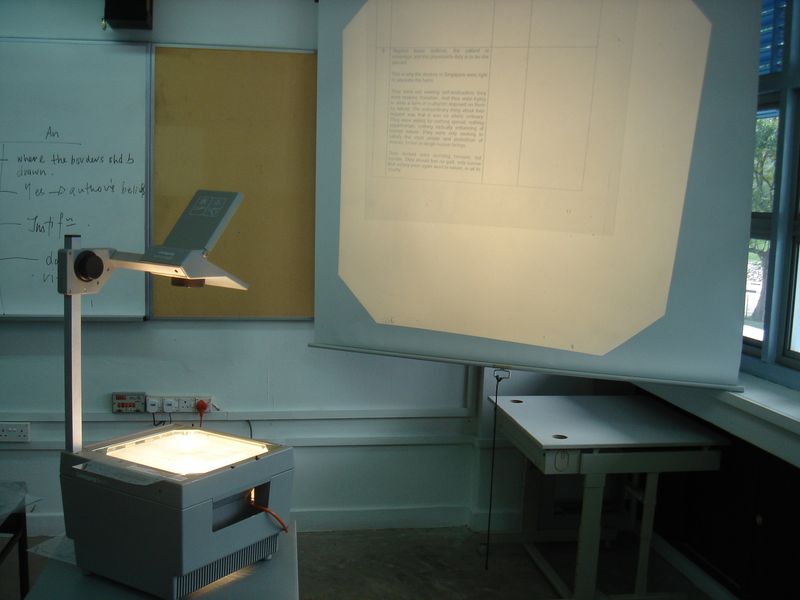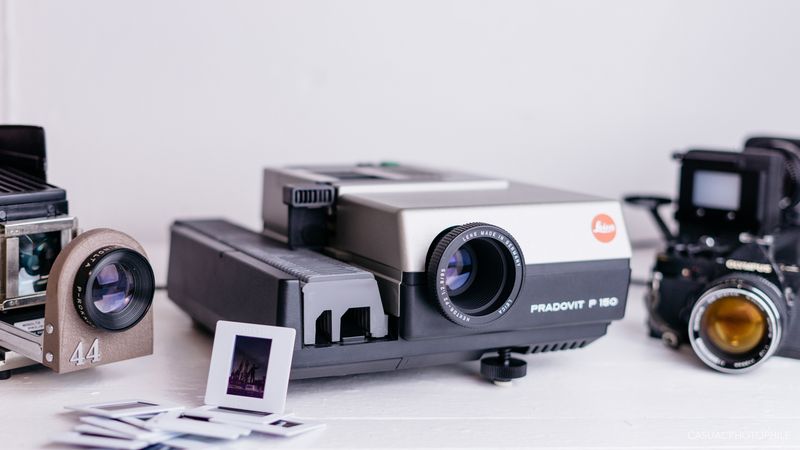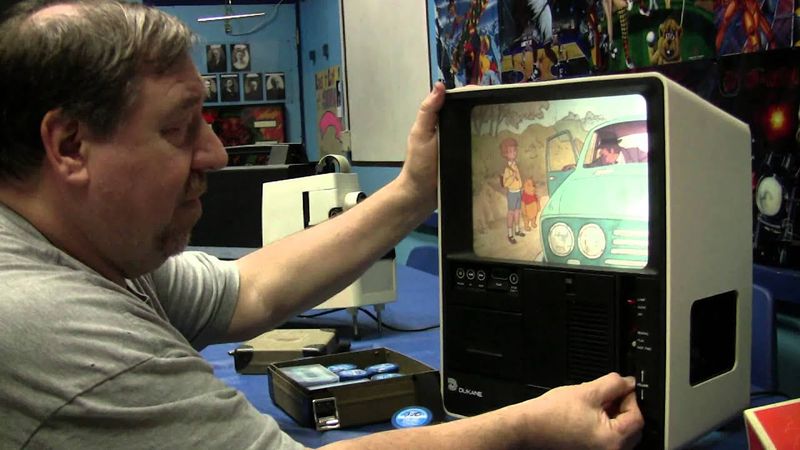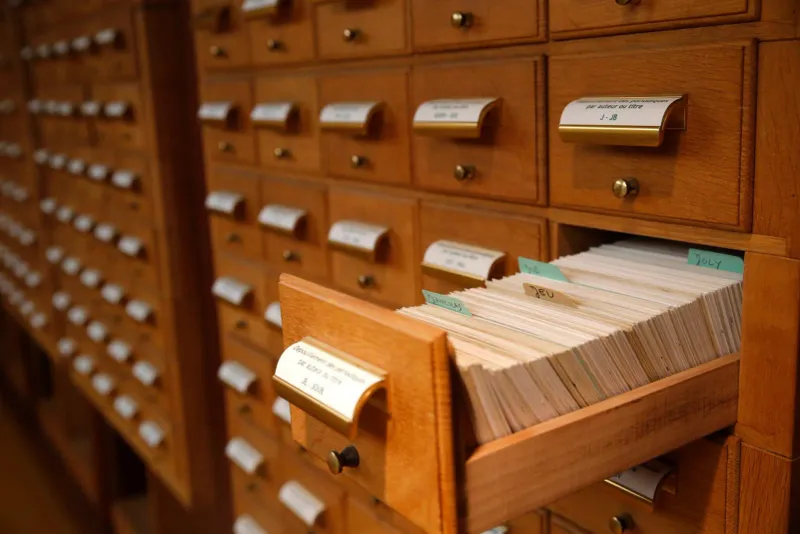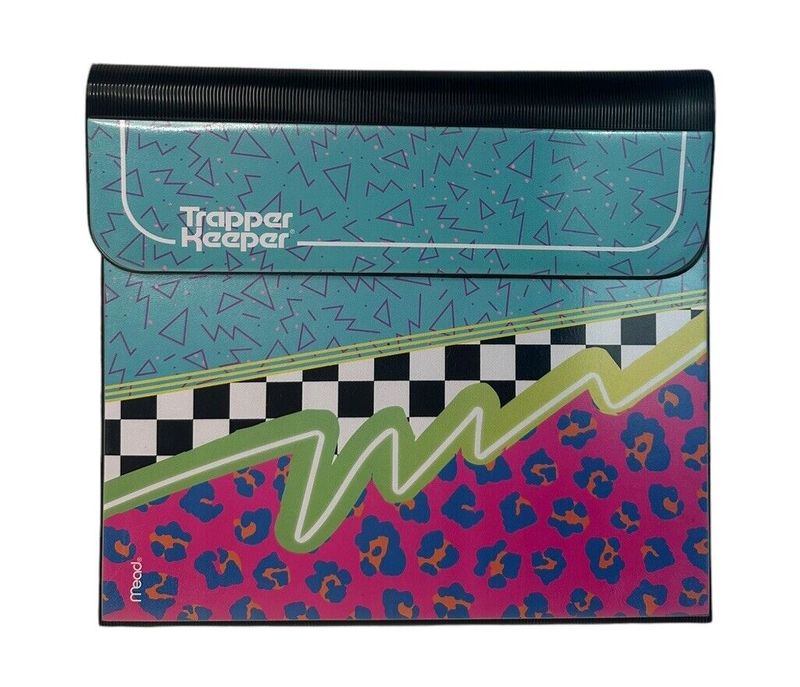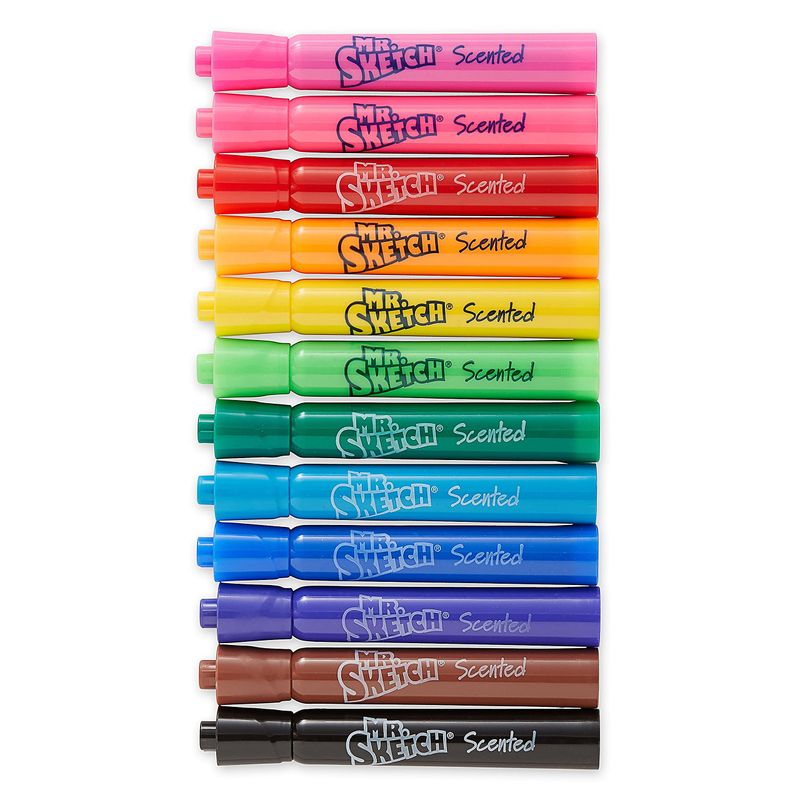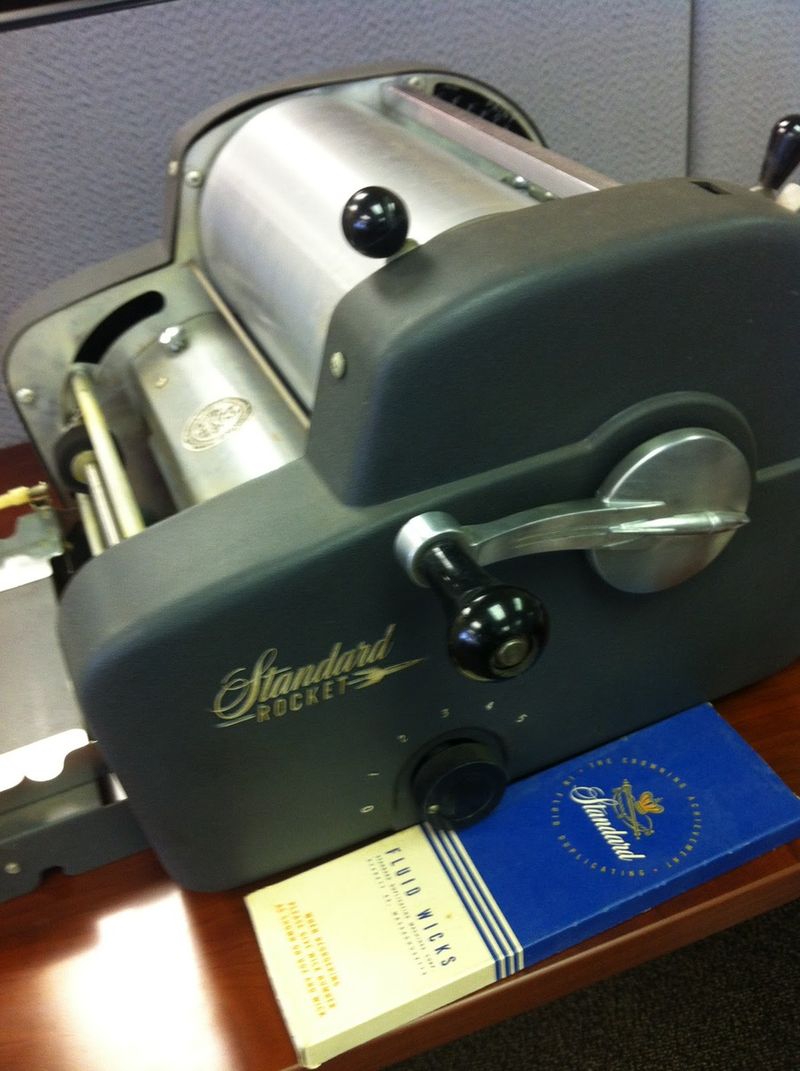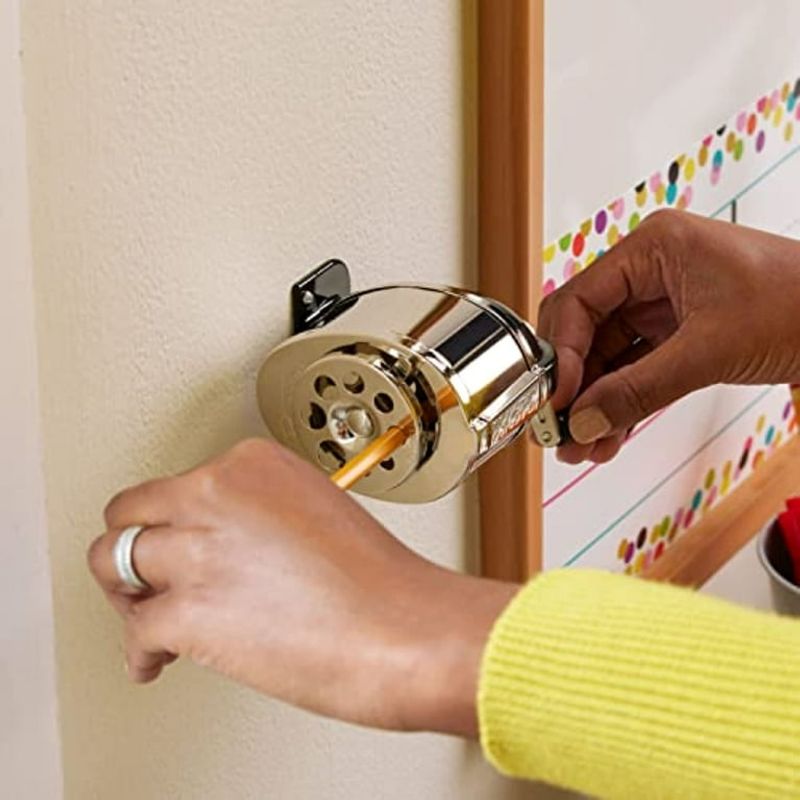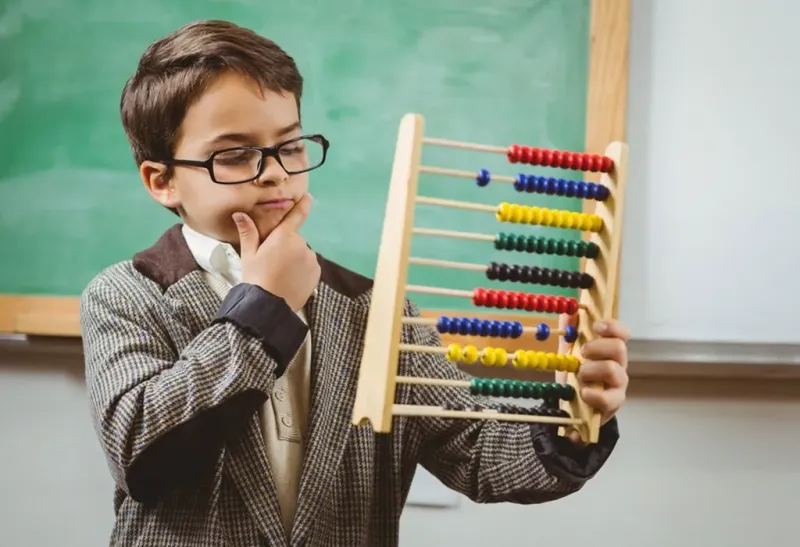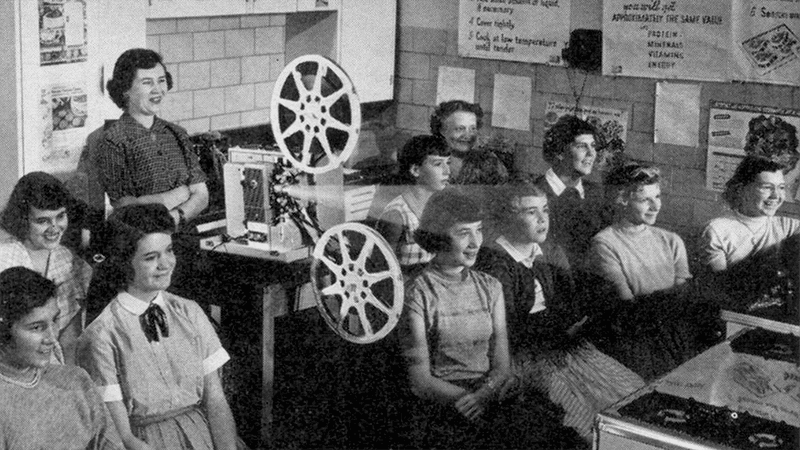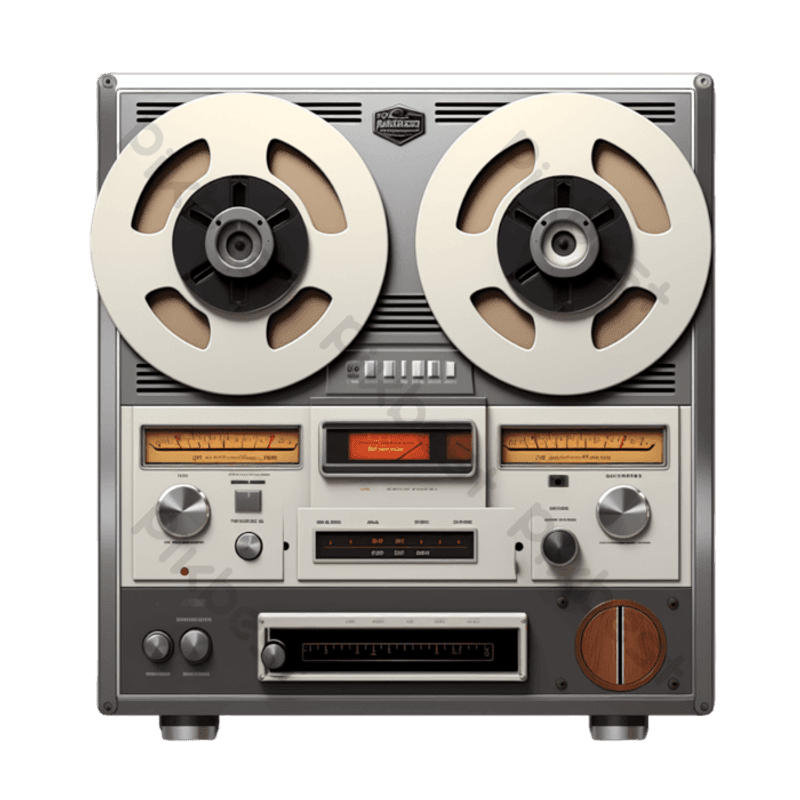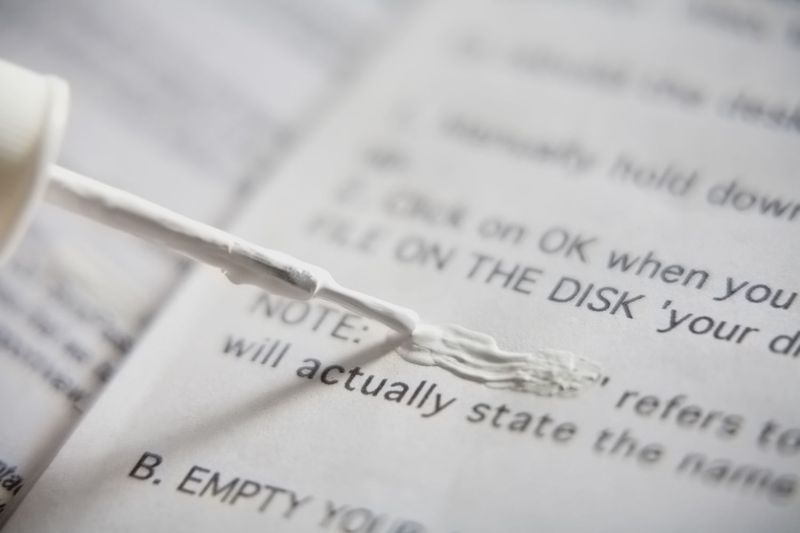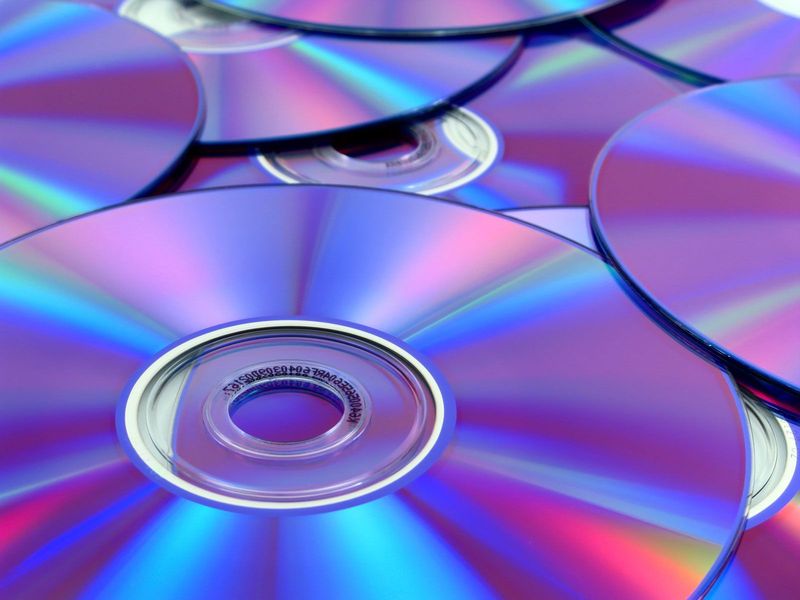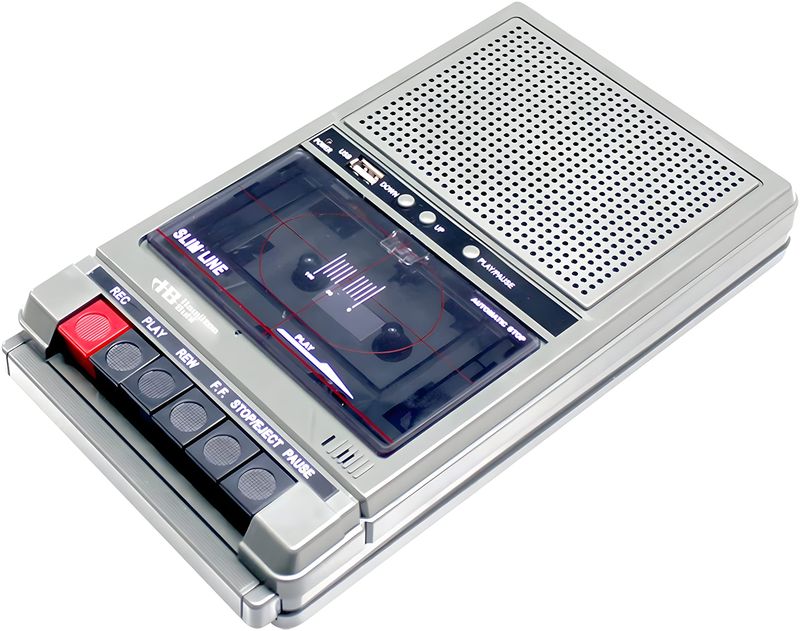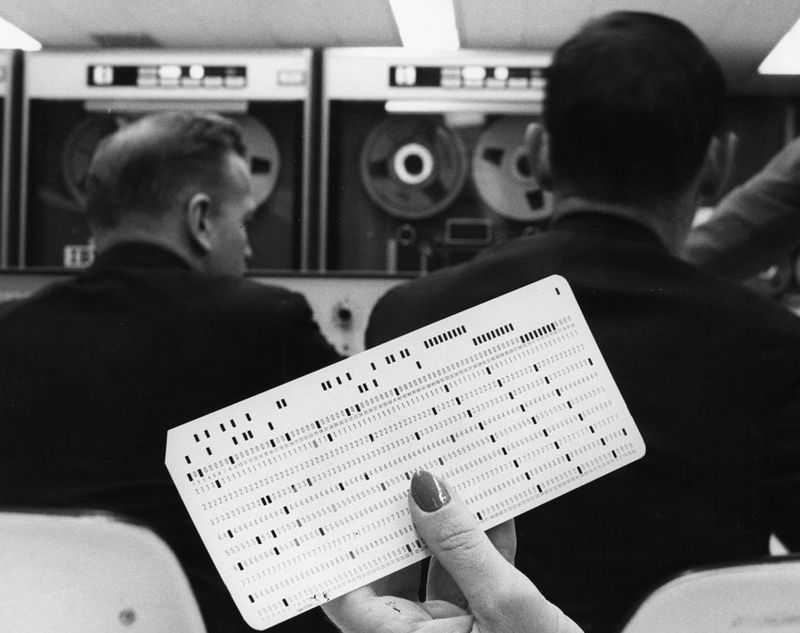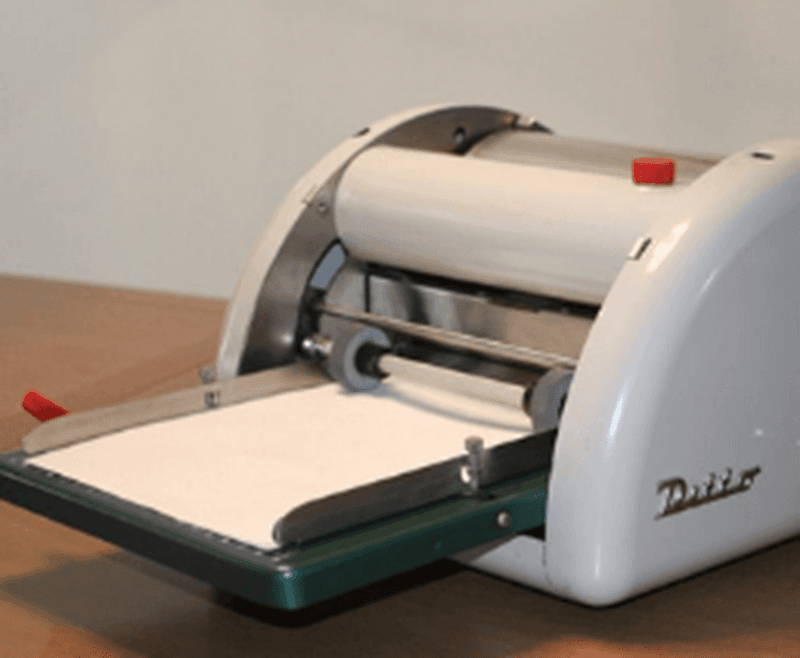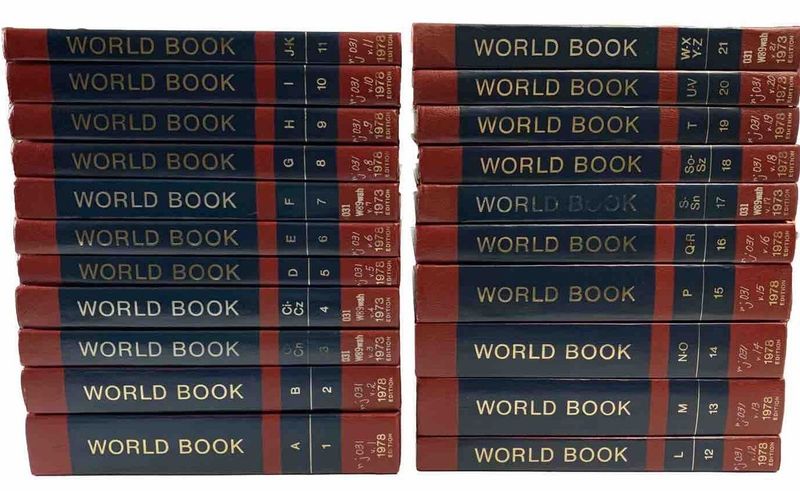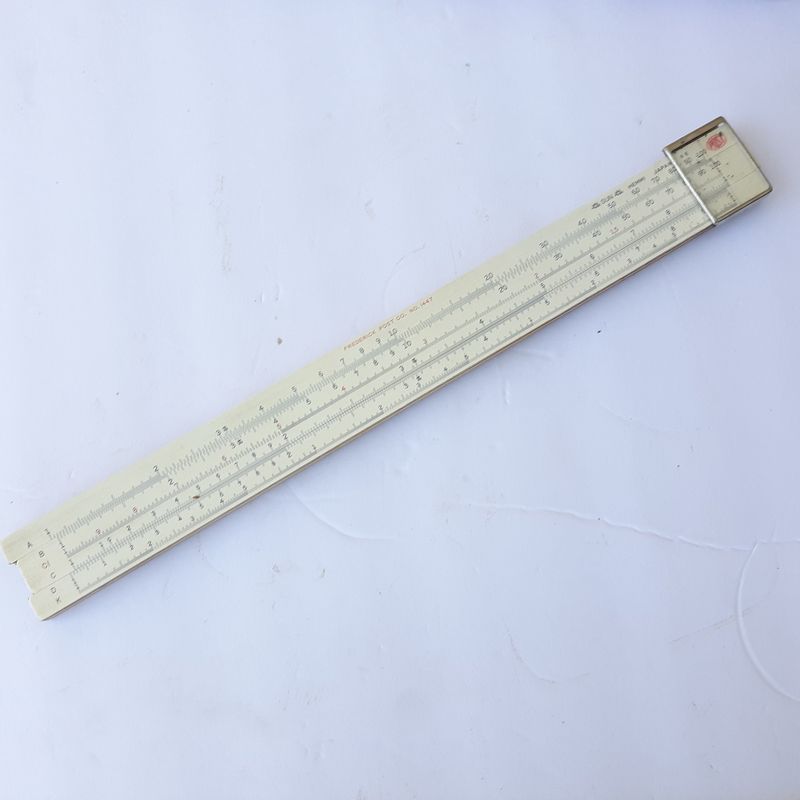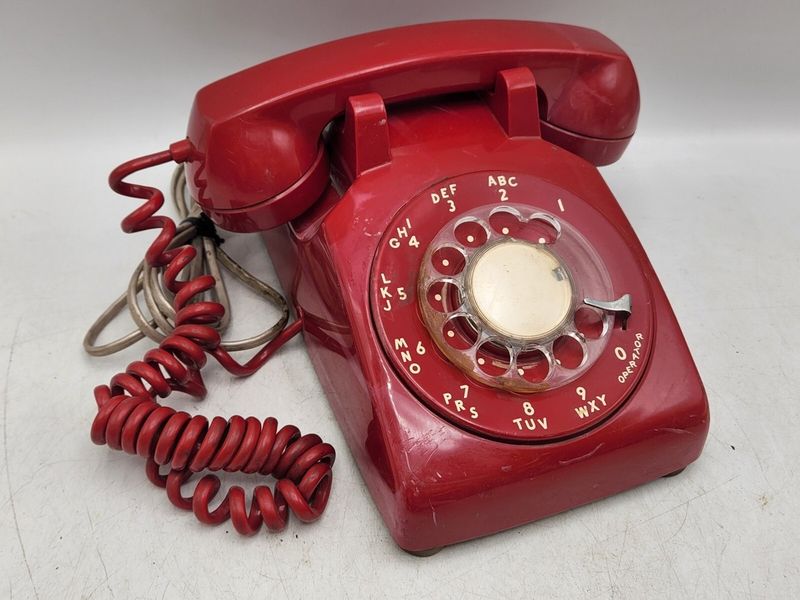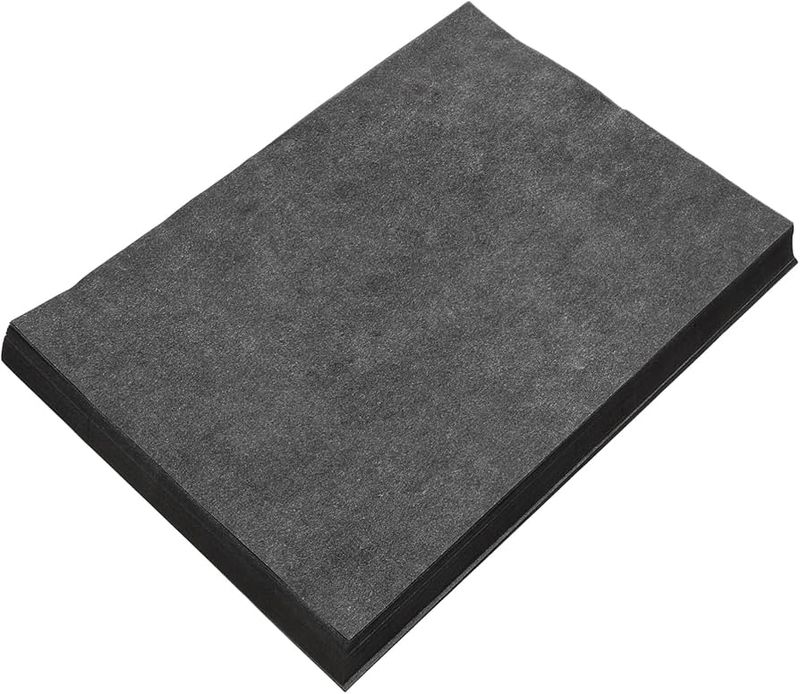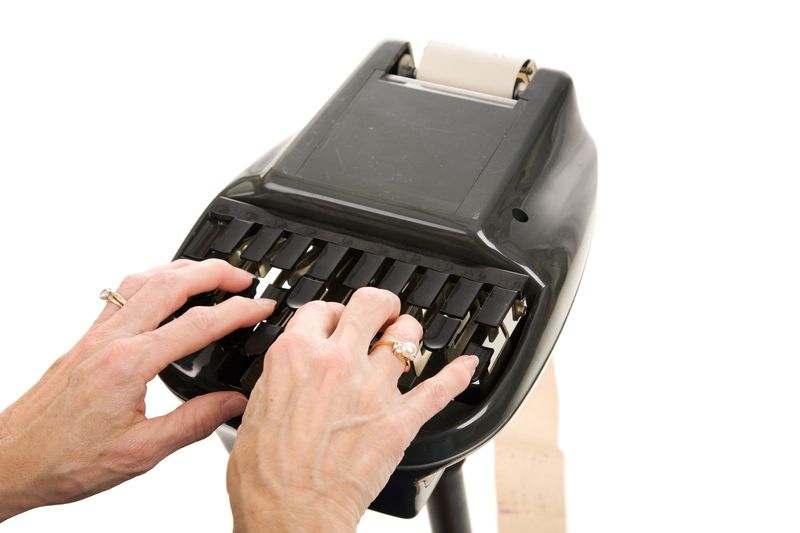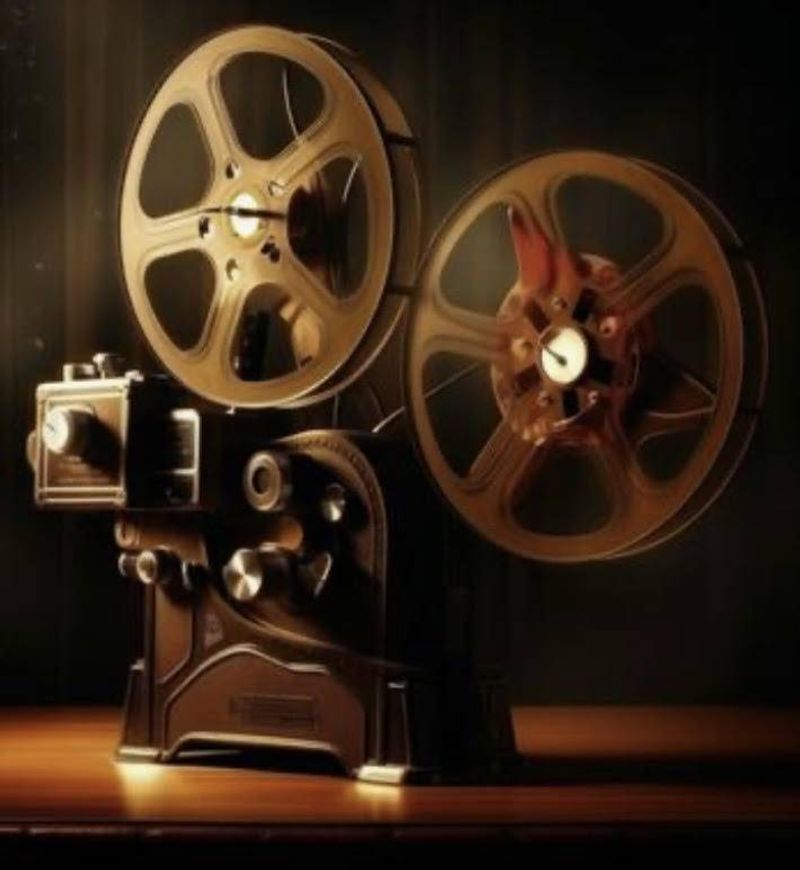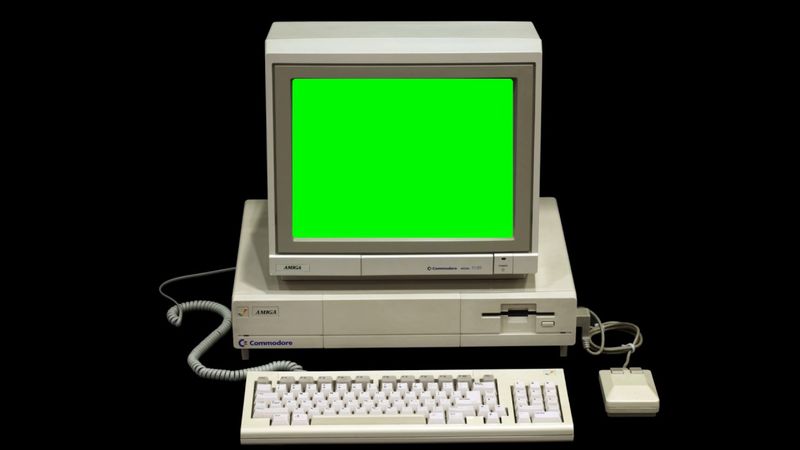Remember the days when chalkboards dominated classrooms and overhead projectors were the height of technology?
Our school experiences were marked by these iconic items, which, while now obsolete, hold a special place in our memories.
This list explores 30 of these beloved school staples that have faded into history, each contributing uniquely to the tapestry of our educational past.
1. Chalkboards
Chalkboards were once the heart of every classroom, serving as a canvas for teachers to illustrate complex equations or draw maps. The sound of chalk scraping against the board was a familiar soundtrack to many schooldays. Despite their dustiness and the occasional screeching sound, these boards were a crucial teaching tool.
Today, smartboards have taken their place, offering digital screens and interactive features. Yet, the tactile experience of writing with chalk and the physicality of wiping it clean are missed by some who remember them fondly. Not to mention, the art of perfectly breaking a piece of chalk is now a lost skill.
2. Overhead Projectors
Who could forget the overhead projector, a staple in classrooms that predates digital projectors? These clunky machines used transparent sheets to display notes on a screen, often leading to slightly skewed or upside-down images. Teachers would write with markers on transparent plastic sheets, a skill in itself!
The warmth of the projector’s light and the hum of the fan were familiar sounds during lessons. Though replaced by modern technology, overhead projectors were reliable and straightforward tools that many educators relied upon daily for years.
3. Slide Projectors
Slide projectors were often used for presentations, allowing teachers to showcase educational slides with ease. The mechanical whirring as each slide clicked into place was a distinctive sound of the past. These devices required carefully organized slide carousels, which could be quite cumbersome.
Despite their bulkiness, slide projectors were valuable for visual learning, providing students with images that complemented their textbooks. Today, digital slideshows have taken over, but the charm of flipping through physical slides remains a nostalgic memory for many former students and teachers alike.
4. Filmstrip Viewers
Filmstrip viewers offered a unique way to learn, combining audio recordings with synchronized filmstrips to provide educational content. Students would take turns using these individual viewers, making it an interactive experience. The anticipation of clicking through to see what image came next added excitement to lessons.
With the advance of digital media, filmstrip viewers have become a relic of the past, but they remain a testimony to the innovative methods used in education before the internet era. They encouraged imagination and brought stories to life in a compact, handheld form.
5. Card Catalogs
Card catalogs were once the navigational stars of libraries, guiding students and book lovers to their desired reads. Each drawer was filled with meticulously organized cards, listing books by author, title, and subject. It was a test of patience and organization to correctly find a title.
With digital databases now in place, these wooden cabinets have been largely retired, remembered for the tactile enjoyment of flipping through cards. They taught generations about researching and organizing information, an analog precursor to modern search engines.
6. Typewriters
In the days before personal computers, typewriters were a common sight in schools. Students learned to type on them, the clicking keys and the ding of the carriage return part of the auditory landscape. Typing on a typewriter required precision and patience, as mistakes were not easily corrected.
While computers have largely replaced these machines, the satisfaction of seeing a sheet of paper fill with text, letter by letter, is a lost art. Typewriters taught an appreciation for deliberate writing and the permanence of the printed word.
7. Trapper Keepers
Trapper Keepers were the ultimate organizational tool for students, known for their vibrant covers and expandable folders. These binders helped students keep their papers in order, featuring Velcro closures and pocketed folders for every subject.
Beyond practicality, they were a fashion statement, with designs ranging from geometric patterns to popular TV characters. They made organization fun and were a must-have for any trendy student. Though binders still exist, the unique design and style of Trapper Keepers left a lasting impression on school culture.
8. Scented Markers
Scented markers were more than just a writing tool; they offered a sensory experience that added excitement to schoolwork. Each color had a distinct scent, from cherry red to grape purple, making writing and drawing a delightful activity.
While they added a playful element to education, they also encouraged creativity and engagement. The joy of picking a favorite scent and color made classroom activities more enjoyable. These markers are still around but have lost their novelty as digital devices dominate educational tools.
9. Mimeograph Machines
The mimeograph machine was a teacher’s ally, used to duplicate handouts before photocopiers became common. Known for its distinctive purple ink and unique smell, it required a special stencil to create copies. The process was manual but effective for its time.
Students often received homework assignments or tests hot off the mimeograph, with the fresh ink still drying. Today, these machines are a rarity, replaced by digital and laser printers. Yet, they represent a time when reproducing documents was an art form in itself.
10. Pencil Sharpeners with Cranks
Manual pencil sharpeners, often affixed to a classroom wall, were regular stops for students needing a sharp point for their pencils. The rhythmic cranking sound signaled the return of focus and preparation, as students lined up to use this essential tool.
While electric sharpeners are now more common, the satisfaction of achieving the perfect pencil point with a manual sharpener is unparalleled. It required just the right amount of pressure and rotation, teaching a lesson in patience and precision that many fondly recall.
11. Cursive Handwriting Charts
Cursive handwriting charts once decorated classroom walls, guiding students in the art of elegant penmanship. Learning to write in cursive was a rite of passage, with each loop and swirl requiring practice and precision.
Though some schools still teach cursive, it’s less emphasized today, with keyboard skills taking precedence. These charts represent a bygone era where penmanship was considered an essential skill, reflecting the beauty and personal touch of handwritten communication.
12. ABACUS
The abacus, an ancient calculating tool, was once a common sight in math classrooms. With its colorful beads sliding smoothly along rods, it provided a tactile way for students to understand numbers and arithmetic.
Though calculators and computers have rendered the abacus obsolete in most educational settings, it remains a testament to the simplicity and effectiveness of early learning tools. It fostered a hands-on approach to math that many students found engaging and enlightening.
13. Film Projectors
Film projectors brought the magic of cinema into the classroom, allowing students to watch educational films that complemented their lessons. The whirring of the projector and the flickering light were all part of the experience.
Handling the film reels was an art in itself, requiring careful threading and mindful operation. While digital media has replaced film projectors, the immersive experience they provided is fondly remembered by those who grew up during their heyday.
14. Handheld Dictionaries
Before the internet, handheld dictionaries were indispensable companions for students. These compact books, filled with words and definitions, were tools of discovery, expanding vocabulary and aiding understanding in every subject.
The act of flipping through pages, finding the right word, and seeing related terms offered a form of learning that was both tactile and engaging. While digital dictionaries offer speed and convenience, the joy of physically searching for a word is a cherished memory for many.
15. Reel-to-Reel Tape Recorders
Reel-to-reel tape recorders were once a staple for recording lectures, language lessons, and school events. The mesmerizing motion of the spinning reels and the occasional hiss of the tape created an atmosphere of learning.
These machines taught the art of listening and recording, skills that were vital before the digital age. While they have been replaced by digital recorders and smartphones, the tactile experience of working with physical tapes has left a lasting impression on those who used them.
16. Liquid Paper
Liquid Paper, also known as correction fluid, was a savior for students using pens. With a quick swipe of the brush, mistakes could disappear, allowing for a fresh start. It was a staple in pencil cases and desks.
Though word processors have made handwritten corrections less common, the satisfying act of painting over errors with Liquid Paper remains a nostalgia-filled memory. It taught students the value of neatness and the possibility of correcting mistakes gracefully.
17. Compact Discs (CDs)
Compact discs, or CDs, revolutionized the way information was stored and shared in schools. They held everything from software to educational videos, offering a digital format that was easier to manage than floppy disks.
The shiny surface of a CD and the soft click of closing the CD tray are remembered fondly by students who grew up with them. While digital downloads have taken over, CDs symbolize a time when physical media was king.
18. Cassette Tapes
Cassette tapes were a versatile tool in classrooms, used for playing music, language lessons, and even audio books. The satisfying click of the play button and the whir of the tape were sounds that filled many a classroom.
Students learned to rewind tapes with pencils, a skill that seems quaint today. While digital audio has replaced cassettes, the tactile and mechanical nature of tape cassettes makes them a fond memory for those who used them in school.
19. Punch Cards
Punch cards were once a crucial part of computer science education, used to program early computers. These stiff paper cards, punched with holes, represented binary data and commands.
Handling and organizing punch cards required precision and care, teaching students the importance of attention to detail. Although they are now a historical footnote, punch cards are a testament to the evolution of computer technology.
20. Chalk Holders
Chalk holders were a simple yet essential accessory for teachers, keeping their hands clean while writing on chalkboards. These nifty tools extended the life of each piece of chalk and allowed for a better grip.
While modern technology has made them obsolete, chalk holders are remembered as practical and thoughtful tools that contributed to the cleanliness and efficiency of teaching in the chalkboard era.
21. Ditto Machines
Ditto machines, also known as spirit duplicators, were commonly used to print worksheets and tests before photocopiers became affordable. The aroma of the waxy purple ink was unmistakable and often associated with freshly printed school materials.
Though the process was messy, it held a certain charm and excitement for students receiving new copies. Ditto machines are a nostalgic reminder of the ingenuity and resourcefulness of educators in the pre-digital era.
22. Encyclopedia Sets
Before the internet, encyclopedias were the gold standard for research and learning. These hefty volumes, filled with information on every conceivable topic, were a treasure trove for students seeking knowledge.
Browsing through an encyclopedia taught students how to research, cross-reference, and explore topics in depth. Today, online resources have replaced these physical tomes, but the satisfaction of flipping through pages of an encyclopedia is a cherished experience.
23. Slide Rules
Slide rules were once the go-to tool for complex calculations, from engineering problems to physics equations. With their sliding scales and precise markings, they were an essential part of a student’s math toolkit.
Mastering a slide rule required time and practice, offering a tangible connection to mathematics that calculators can’t replicate. Though digital calculators have taken over, the craftsmanship and functionality of slide rules are fondly remembered by those who used them.
24. Rotary Dial Phones
Rotary dial phones in school offices connected students with parents or outside resources. Dialing a number took time, each turn of the dial a deliberate action. The tactile feedback of the rotary mechanism was satisfying in a way that today’s touchscreens cannot replicate.
While modern communication technology has surpassed them, rotary phones symbolize a simpler time in telecommunication, with every call carrying a sense of occasion and importance.
25. Globe Maps
Globes once graced every classroom, offering a three-dimensional view of the world. Students could spin them and see continents in relation to each other, providing a comprehensive understanding of geography.
While digital maps now offer interactive features, the tactile experience of exploring a globe is a cherished memory. Globes sparked wanderlust and curiosity, encouraging students to learn more about the vast world beyond their immediate surroundings.
26. Carbon Paper
Carbon paper allowed students and teachers to make copies by placing a sheet between two pieces of paper. With pressure, the carbon transferred ink to create duplicates, a method replaced by copiers and printers today.
It was a simple, yet effective way to share information and create records, teaching students about efficiency and resourcefulness. Carbon paper represents a hands-on approach to duplication that is rarely seen in the digital age.
27. Stenography Machines
Stenography machines were once vital for note-taking in classrooms, especially in business courses. These specialized typewriters allowed for fast transcription using shorthand, an essential skill in various professions.
Students who mastered stenography learned precision and speed, skills that were highly valued before digital recording devices. Although largely obsolete now, these machines represent the importance of efficiency and detail in communication.
28. Film Reels
Film reels brought visual storytelling to life in classrooms, providing educational content that enriched the curriculum. Handling film reels required skill and care, ensuring the film did not get tangled or damaged.
These reels offered an immersive learning experience, different from today’s digital media. They symbolize an era when moving pictures were a novel educational tool, leaving an indelible mark on those who experienced them firsthand.
29. Monitor with Green Screen
Early computer monitors with green screens introduced students to the digital world. These monochrome displays were the gateway to learning programming and basic computer skills.
The glowing green text on black backgrounds gave a sense of the future, an exciting frontier for young learners. While technology has advanced, the simplicity and clarity of these early screens remain a nostalgic memory for those who first discovered computing through them.
